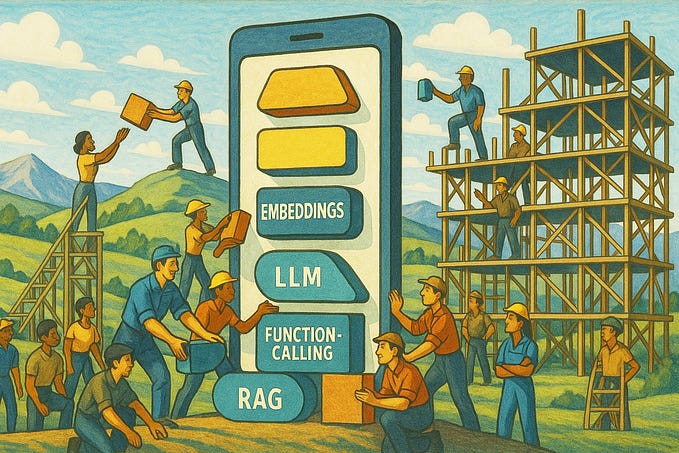Member-only story
Decision making for product managers
Product managers don’t build products; they make decisions. Good decisions save time, money, and stress. Here, we break down what makes a good decision and the principles of the decision-making process.

Product managers (PMs) don’t build products. However, what we do contribute is something equally tangible: decisions. For any given day we can make hundreds of choices. But, being wrong about an important decision can feel like a very public and career-damaging affair, so it’s worth investing the time to develop this skill.
For a PM, typical decisions can include:
- Establishing why a team exists
- Picking a strategy for accomplishing a vision
- Deciding where we want to make the most impact
- Prioritising what is most important to build first
A series of great decisions have the power to produce compounding returns on team productivity, build confidence in a vision and help your team achieve the most impact. It’s like magic, but, like any magic trick, it takes practice.
In this article, we will cover the following:
- How to judge different types of decision and decide what is important
- How to be confident with incomplete information
- How to use probabilistic thinking in decision making
- How groups increase your chances of making successful decisions
The following techniques are a mixture of lessons I have learned from great thought leaders in this area like Jim Collins (Flywheel), Brandon Chu (Black box of PM), Steven Johnson (Farsighted) and Annie Duke (Thinking in Bets). They are as useful in life as they are in the office.
What makes a good decision maker?
We judge decision-makers on the outcomes of the choices they make. But let’s not confuse the decision process with the outcome. You can have a bad process and still arrive at a good result, but all that does is reinforce confidence in a bad process. If you are going to be wrong about something, it’s better to be…








